The Museum for Architectural Drawing is pleased to announce an exhibition featuring the acclaimed conceptual artists Ilya and Emilia Kabakov. Since the late eighties the artist duo has created fantastical spaces that they call ‘total’ installations immersing the viewer in stories not only about their past in the USSR, where they both were born and raised, but also and most importantly about utopian dreams.
The Kabakovs always create the concept for an installation together and Ilya transfers their ideas to paper. Ilya’s graphic skill can be traced back to his classical education from the Surikov Art Institute, and while working as children’s book illustrator in Moscow long before the West paid any attention to him. In the 1960s, a small group of dissident artists – among whom Ilya was a central figure – created an unofficial art movement later called Moscow Conceptualism, addressing the dilemmas and failures of socialism.
In the eighties Kabakov created the installation The Man Who Never Threw Anything Away consisting of personal little objects. The use of common objects – things which help to create an atmosphere of memory – becomes a key instrument in his work and he began to incorporate them in the artists’ walkable room installations. He first garnered public attention in the West when he showed his works in a large solo exhibition at the Kunsthalle Bern in 1985.
From Drawing to Installation brings together a selection of sketches and colourful drawings for opera and their famous installations The Toilet realized at the IX Kassel Documenta in 1992, The Palace of Projects permanently installed at the Zeche Zollverein, and The Red Pavilion, which was exhibited at the 45th Venice Biennale in 1993. In 1997 their unrealized installation Vertical Opera to be performed in the Guggenheim Museum, and for an angel that falls from the sky called The Fallen Angel.
Most of the drawings on display do not reflect a thinking process that leads to their large-format installations, but rather an idea that exists from the very beginning in the minds of the artists and then through various sketches and drawings is realised. The variety of drawings presents us with their beautiful body of work, and at the same time underlines the nexus between installation art and architecture. Source by Tchoban Foundation.
- Location: Tchoban Foundation. Museum for Architectural Drawing, Christinenstraße 18a, 10119 Berlin, Germany
- Exhibition opening: 16 October 2019, 7 pm
- Duration: 17 October 2019 – 23 February 2020
- Images: Courtesy of Tchoban Foundation. Museum for Architectural Drawing
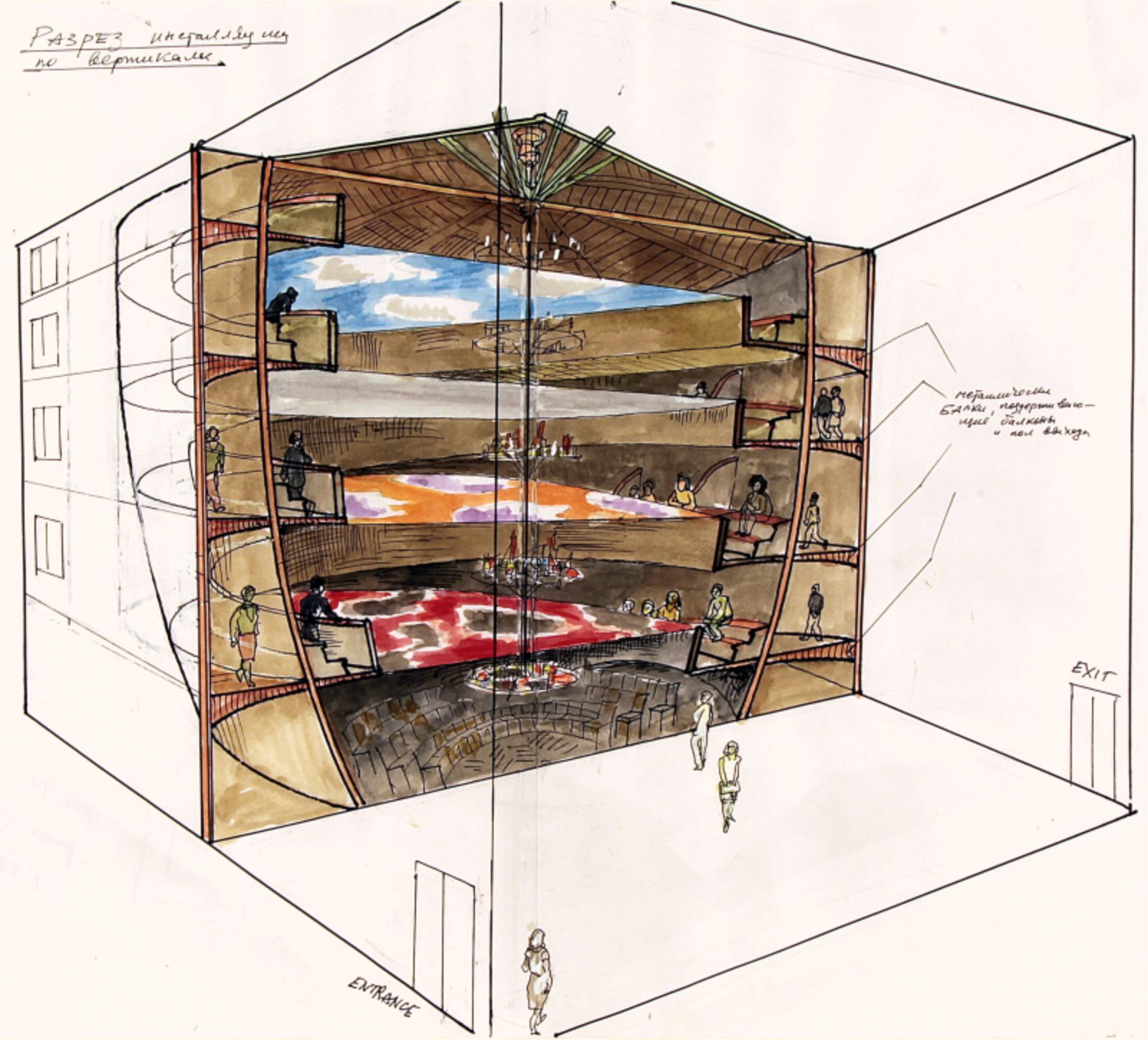
Vertical Opera – Image © Ilya and Emilia Kabakov 
Vertical Opera – Image © Ilya and Emilia Kabakov 
The Red Wagon, 1991 – Image © Ilya and Emilia Kabakov 
Life with an Idiot, 1992 – Image © Ilya and Emilia Kabakov 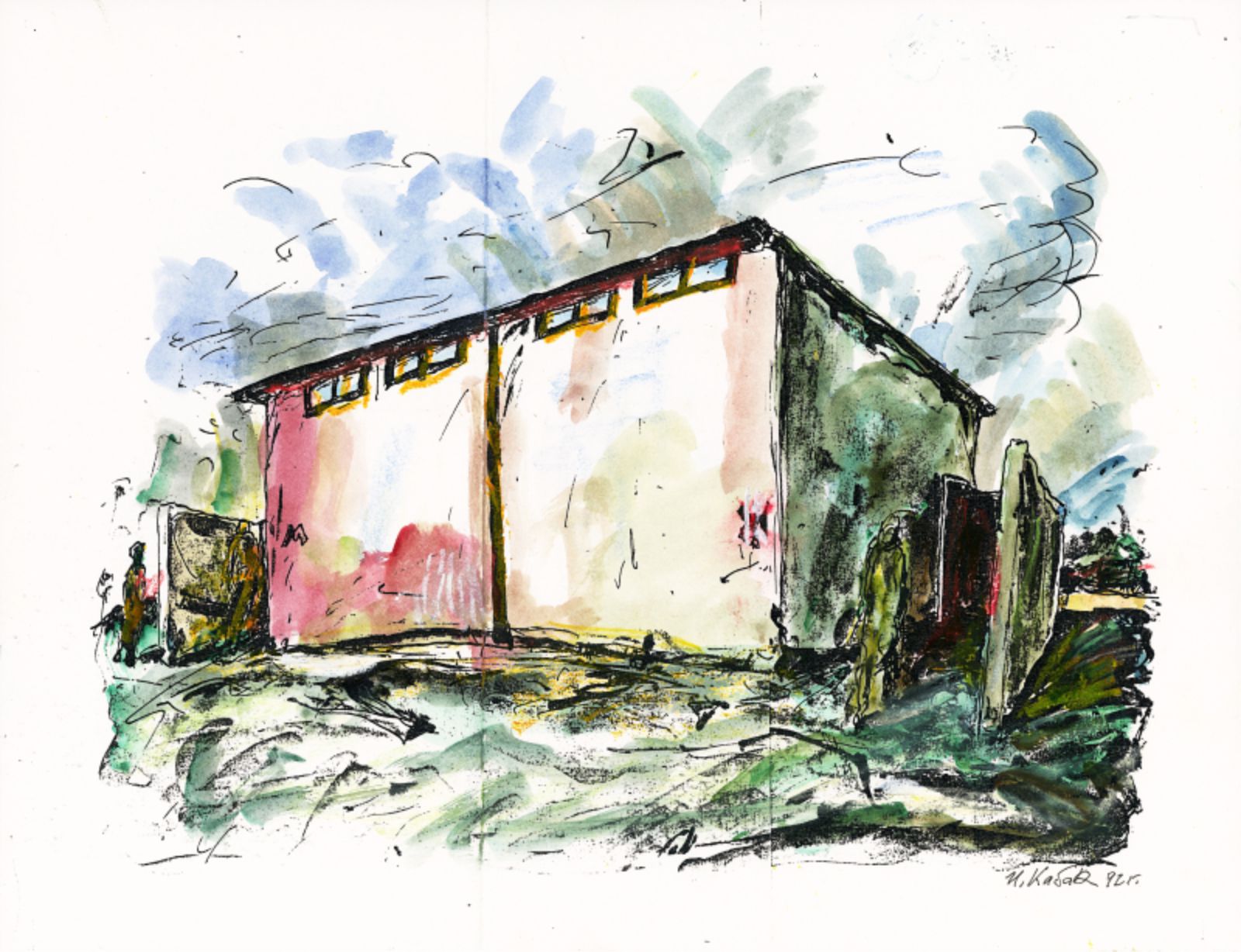
The Toilet, 1992 – Image © Ilya and Emilia Kabakov 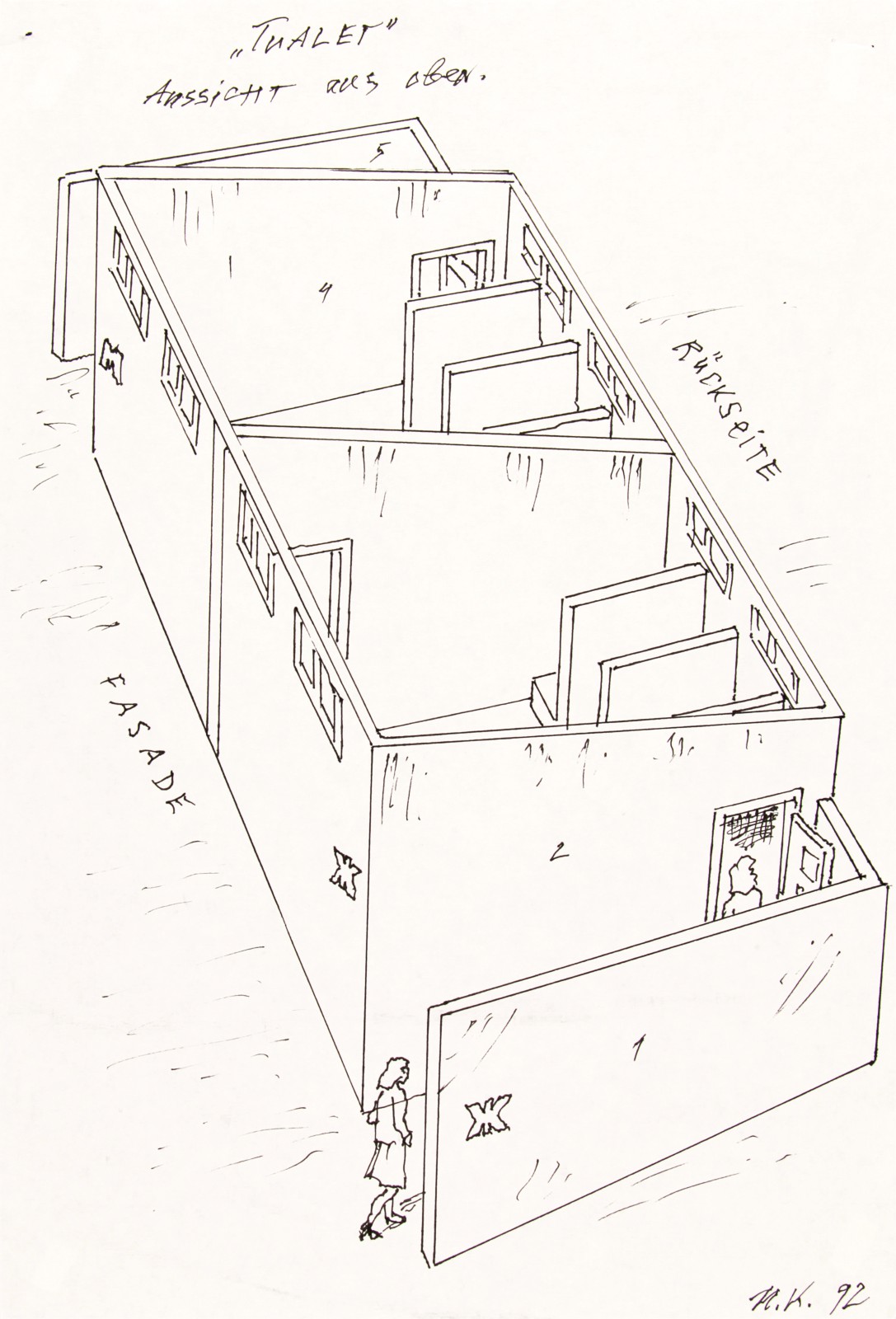
The Toilet, 1992 – Image © Ilya and Emilia Kabakov 
The Red Pavilion, 1993 -Image © Ilya and Emilia Kabakov 
The Center of Cosmic Energy, 1999 – Image © Ilya and Emilia Kabakov 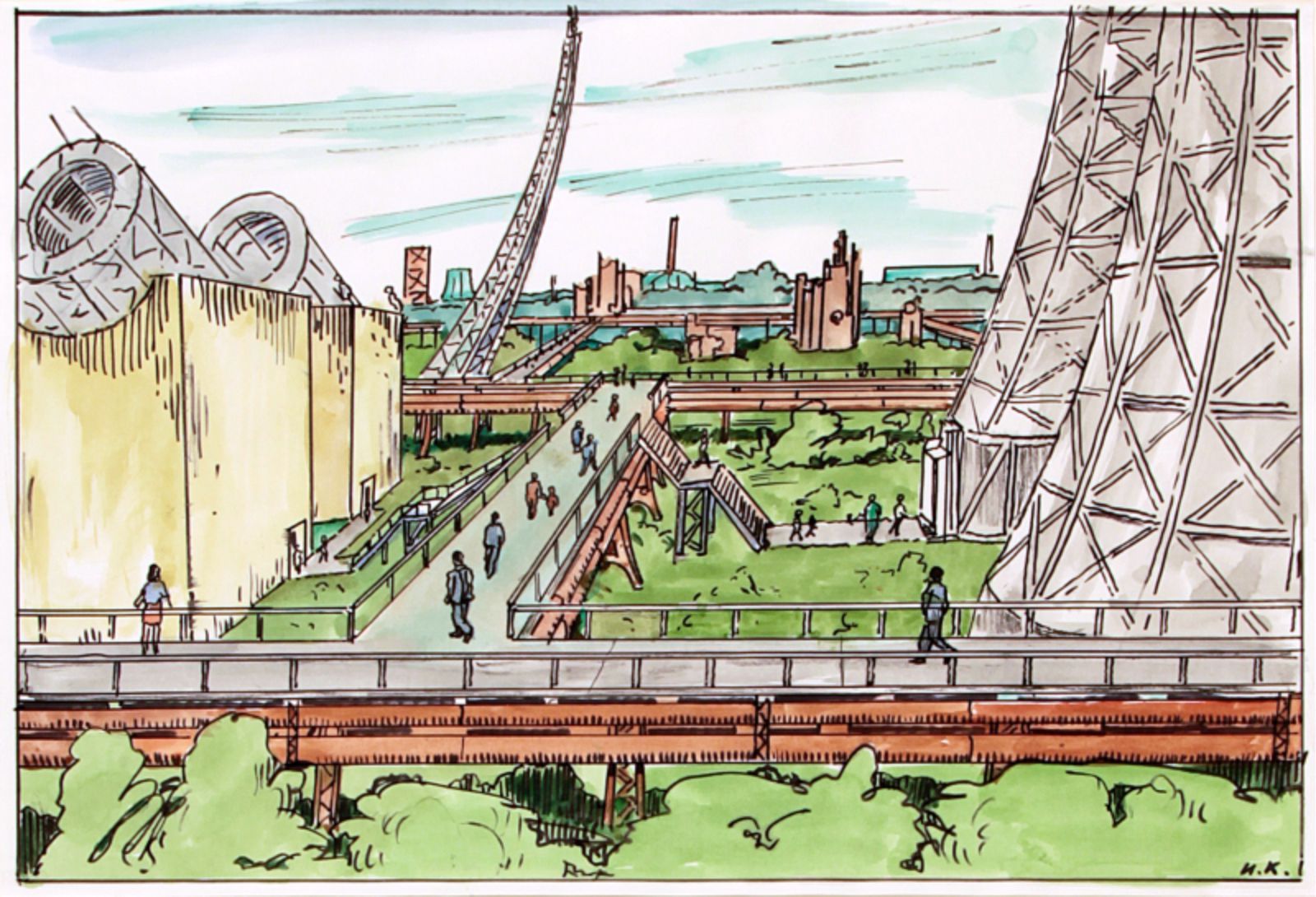
The Center of Cosmic Energy, 1999 – Image © Ilya and Emilia Kabakov 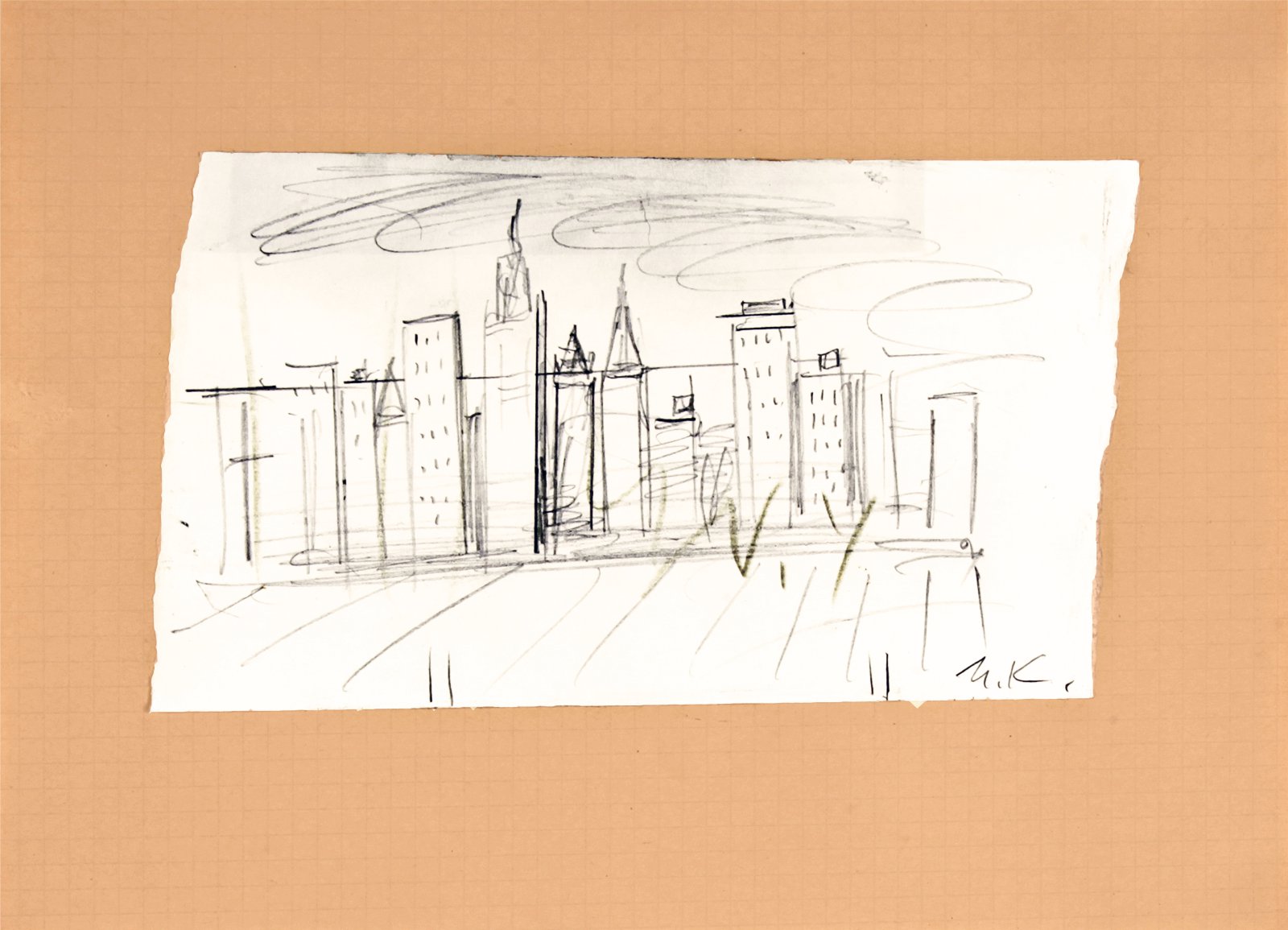
Monument to Lindberg, 2001 – Image © Ilya and Emilia Kabakov 
The Fallen Angel, 2001 – Image © Ilya and Emilia Kabakov 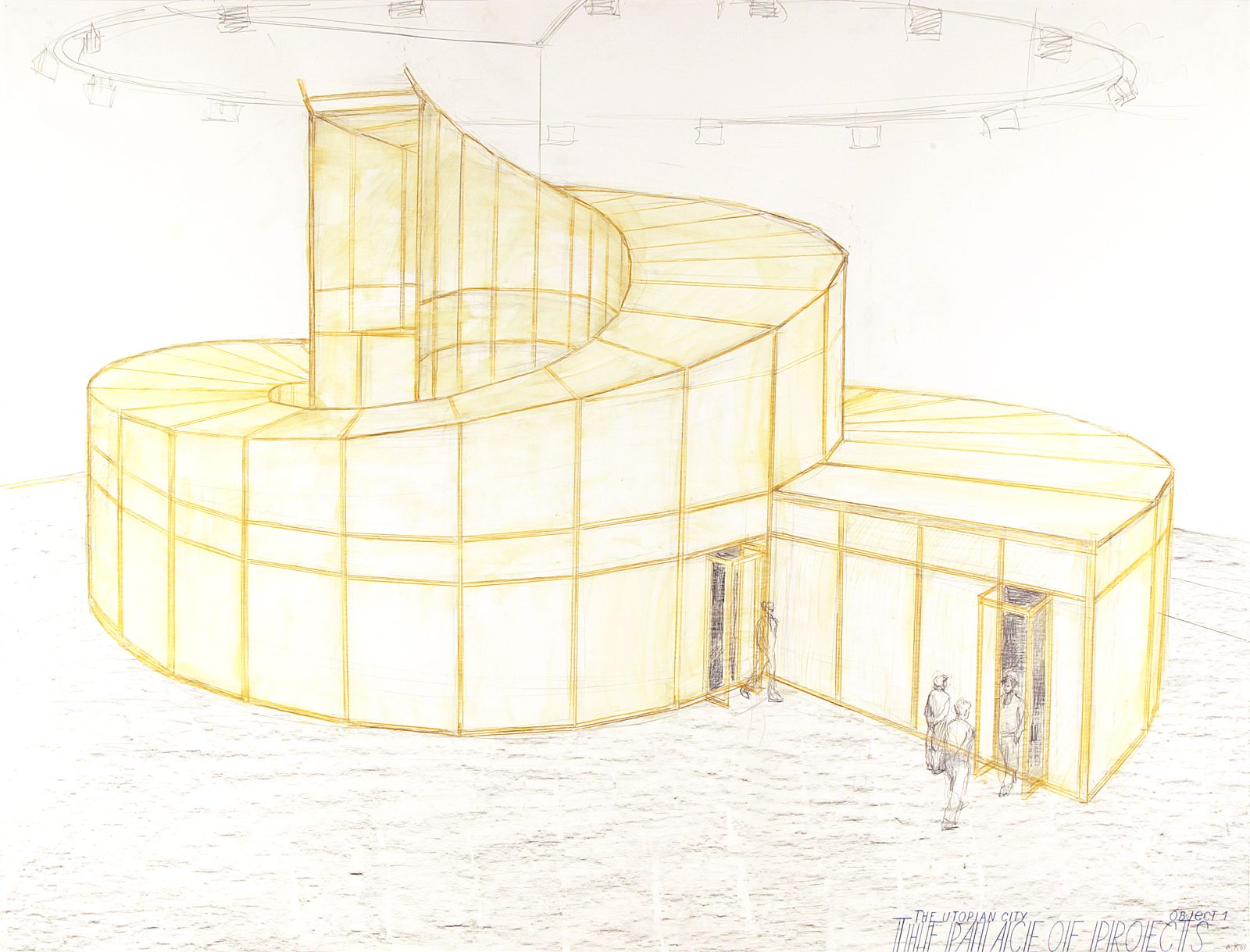
Palace of Projects, 2003 – Image © Ilya and Emilia Kabakov

